Reform’s Bank of England Confusion
I must admit I’m a bit late to the party.
In a letter to Bank of England Governor Andrew Bailey, Reform UK’s deputy leader Richard Tice recently argued that the Bank should stop paying interest on reserves – i.e. the money that financial institutions have parked on the Bank’s balance sheet. Tice claims cutting out interest on reserves would save up to £35 billion annually and help to fund a large-scale tax cut.
Across the pond, Republican Senator Ted Cruz made a similar suggestion last week.
The Bank of England and the Federal Reserve have rejected the proposal. And rightly so.
As John Cochrane points out, if you think that’s a good idea, why only stop paying interest on reserves? The government might as well stop paying interest on all debt.
Most people would consider that an obviously stupid idea. But then what is the difference between liabilities of the Bank of England and liabilities of the Treasury? Short answer, not very much.
Both are liabilities of the consolidated government giving the holder a right to an underlying cash flow, the Treasury’s tax intake; but gilts are issued at long maturities while reserves are short-term liabilities. When the Bank of England makes a loss on its monetary policy operation, that loss will be booked into the Chancellor’s budget and vice versa. We are just moving money from the left pocket to the right pocket and back.
Case in point: Up to July 2022, when the Bank started to unwind its quantitative easing programme, the Treasury had earned a cumulative total of nearly £124 billion from QE, as per the OBR.
Now that QE is being reversed, the government is on the hook for the losses after earning large amounts of seigniorage for more than a decade. Halting interest payments on reserves would irreparably damage the country’s fiscal position.
As I wrote on the ASI blog a few weeks ago, Britain’s fiscal reputation is already in tatters. The Bank of England remains one of the few reasonably credible institutions.
Having said that, the blame for the highest inflation rate of any G7 economy (3.5% as of June) should squarely lie in Threadneedle Street.
Of course, inflation is nothing but default in real terms. And we have had plenty of it since Covid.
As most central banks around the world, the Bank has probably been too reluctant to raise rates in the face of Covid. And it has probably cut too aggressively over the last year. Since July 2024, the Bank has lowered interest rates four times. No one should be surprised that inflation remains elevated.
Which brings us back to the political dimension. Richard Tice’s rather clumsy attempt to set out Reform’s fiscal policy should be viewed in light of the party’s, shall we say, rather generous policy proposals.
In true boomer style, it is easy to blame the boffins of Threadneedle Street for the Treasury’s limited fiscal space. It’s much harder to talk about unsustainable pensions and welfare spending.
Much harder still to win an election promising to cut the state pension.
As always, in the end it comes back to the fact that there just isn’t much fiscal space. With growth rates languishing at zero, debt will remain the constraining factor for any government, as Labour have found out to their detriment over the past year. No growth, no spending. Simple as.
Everyone who believes otherwise can join the queue of debt truthers.
Johannes Matt
